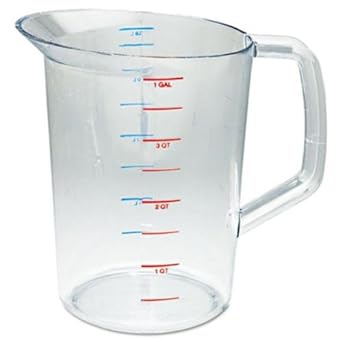slayerextreme
Active Member
was trying to get a better idea about why I keep coming up short on beer...
I'm on my 3rd batch, and I have stuck with extract brewing up to this point...I start with 2.5 gallon, complete my brew and then top off to get my 5 gallons...
5 gallon = 640oz
48 x 12oz = 576oz...leaving 64 extra ounces, I loose some when I pull a OG sample before I pitch my yeast maybe 8-10oz....then I dont touch it unless its time to transfer to the secondary..
I have dry hopped with one of the 1st 2 brews I have bottled and I also dry hopped the 3rd brew I have yet to bottle
Both of my first 2 brews have come up 5 to 8 bottles short of the full 48 bottles that I shoot for.....
where does the beer go??? where am I loosing that much beer...I know the trub and dry hop pellets soak up some of the beer but dang.....
Again, I know that I start with a full 5 gallons before I pitch the yeast...
just wanted some opinions
I'm on my 3rd batch, and I have stuck with extract brewing up to this point...I start with 2.5 gallon, complete my brew and then top off to get my 5 gallons...
5 gallon = 640oz
48 x 12oz = 576oz...leaving 64 extra ounces, I loose some when I pull a OG sample before I pitch my yeast maybe 8-10oz....then I dont touch it unless its time to transfer to the secondary..
I have dry hopped with one of the 1st 2 brews I have bottled and I also dry hopped the 3rd brew I have yet to bottle
Both of my first 2 brews have come up 5 to 8 bottles short of the full 48 bottles that I shoot for.....
where does the beer go??? where am I loosing that much beer...I know the trub and dry hop pellets soak up some of the beer but dang.....
Again, I know that I start with a full 5 gallons before I pitch the yeast...
just wanted some opinions




